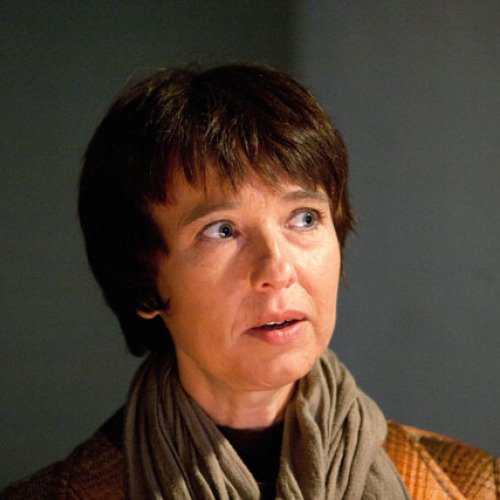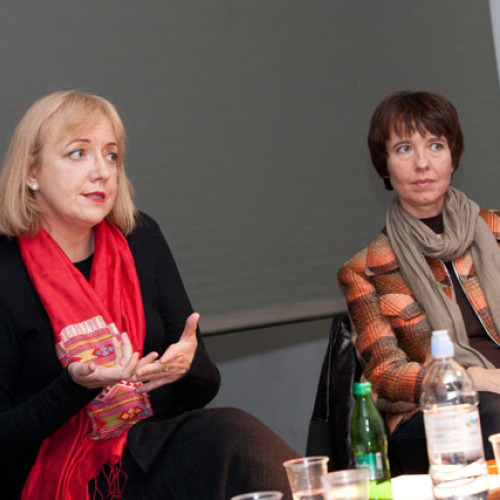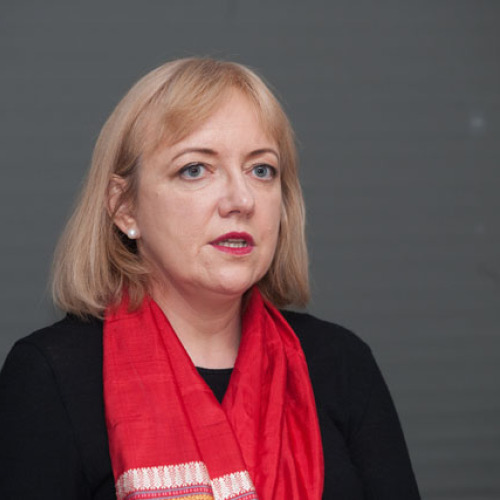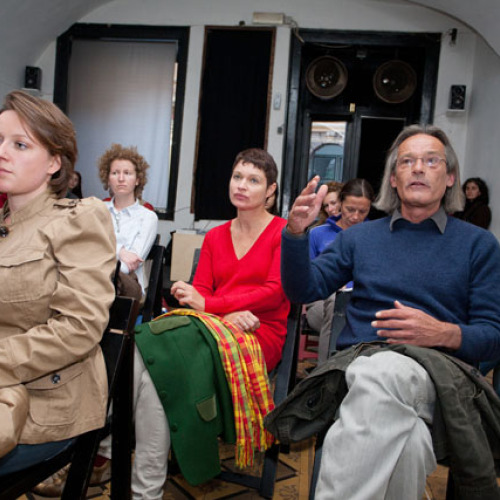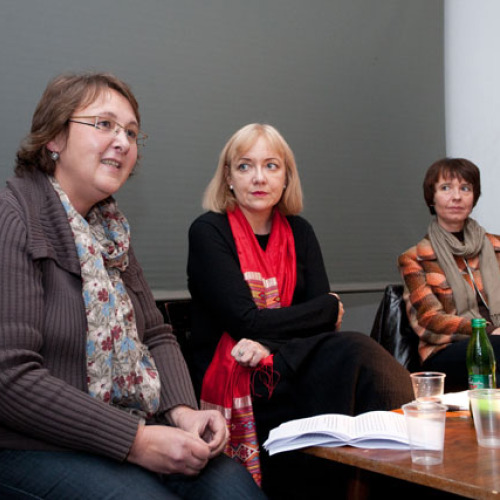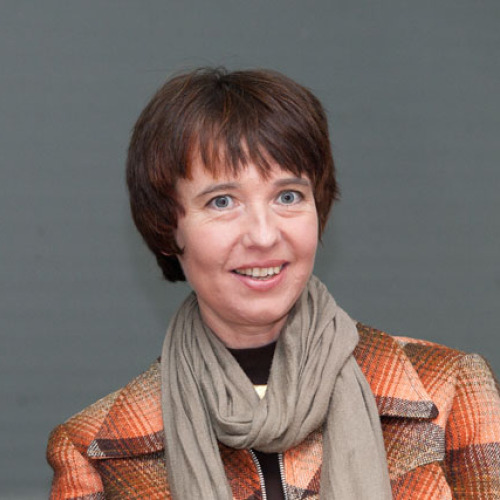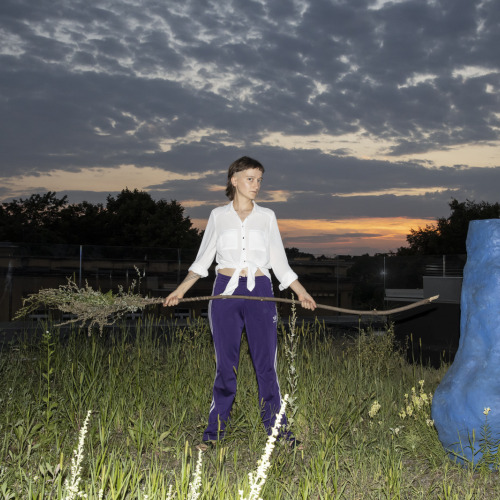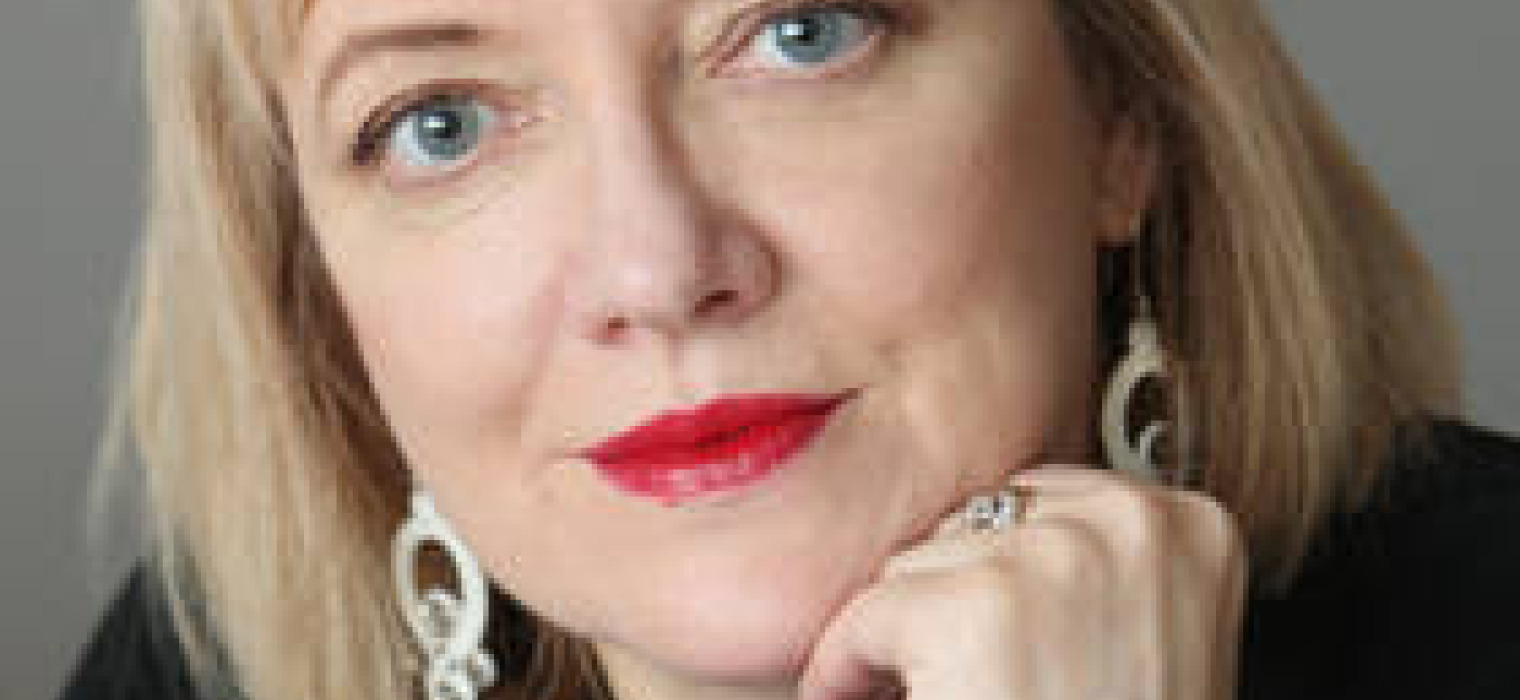
Female Workers: Between Freedom, Choice and Poverty
In art and culture, there is a vast plurality of
employment statuses that has a long tradition and is detectible in public and
private institutions, societies and associations, in all of which some people
are permanently employed, others part-time, whilst some workers are
self-employed. The status of being self-employed in culture used to be called
that of being a freelance artist in culture(!). This independence is presumed
on the basis that institutional frameworks suffocate creativity by disciplining
it. To be oneself, not a possession of anybody, and to have the time and space
for the creative process that is not hindered or restrained has a special value
in art; thus, self-employment in culture is a status with a tradition. In spite
of its independence, said status once included basic social rights that allowed
at least partial autonomy from the market and a certain degree of security. The
Post-Fordist period generalised the patterns of employment in culture to all
areas of work. The free choice of one’s status in today’s global economic and
social regime implies the responsibility for that choice and assuming the risk
that it might be a wrong choice. Due to the fact that it is made by individuals
themselves, the eventual mis-choice becomes their responsibility. Thus art has
been placed under the responsibility of the private individual, as if it had
nothing to do with being public. In this sense, the work of women artists and
cultural workers could be related to the concept of the “non-work” of
caregivers, where care is a product of a woman’s nature, just as here, artistic
expression, being a matter of pleasure and an inner urge, is also therefore not
to be classified as work to be paid for.
In modern times, the consequences of such an
understanding are lethal because the flexibility of the labour market
determines a precarious existence, by which Paolo Virno* indicates an existence without
predictability or security. This permanent vulnerability occurs in every field
of work, including those fields where the state’s redistribution role was once
very important. In all these areas, the market economy has been intensively
introduced over the last two decades, resulting in particular in the
structuralisation of said areas (including art) into market economies in order
to thin down the state. The new system promotes the ideas of freedom and
creativity because they are supposed to provide personal growth, energy and
satisfaction, which results in one’s ultimate self-realisation. If we want to
inject them with rationality, by demanding payment and social security, we will
lose them forever. Given the belief that, for artists, poverty actually means
more creativity, these modern times are reaching back into the dark ages of
centuries gone by.
* Interview with Paolo Virno published in the online journal Open 17 under the title “A Precarious
Existence: Vulnerability in the Public Domain”. Available at: http://classic.skor.nl/artefact-4172-en.html (accessed
August 19, 2011).
Renata Salecl, Ksenija
Vidmar Horvat and Marija
Mojca Pungerčar will discuss freedom, choice, poverty and changes experienced
by women workers in everyday life and the precariousness of their existence.
The discussion will be moderated by Vesna
Leskošek.


